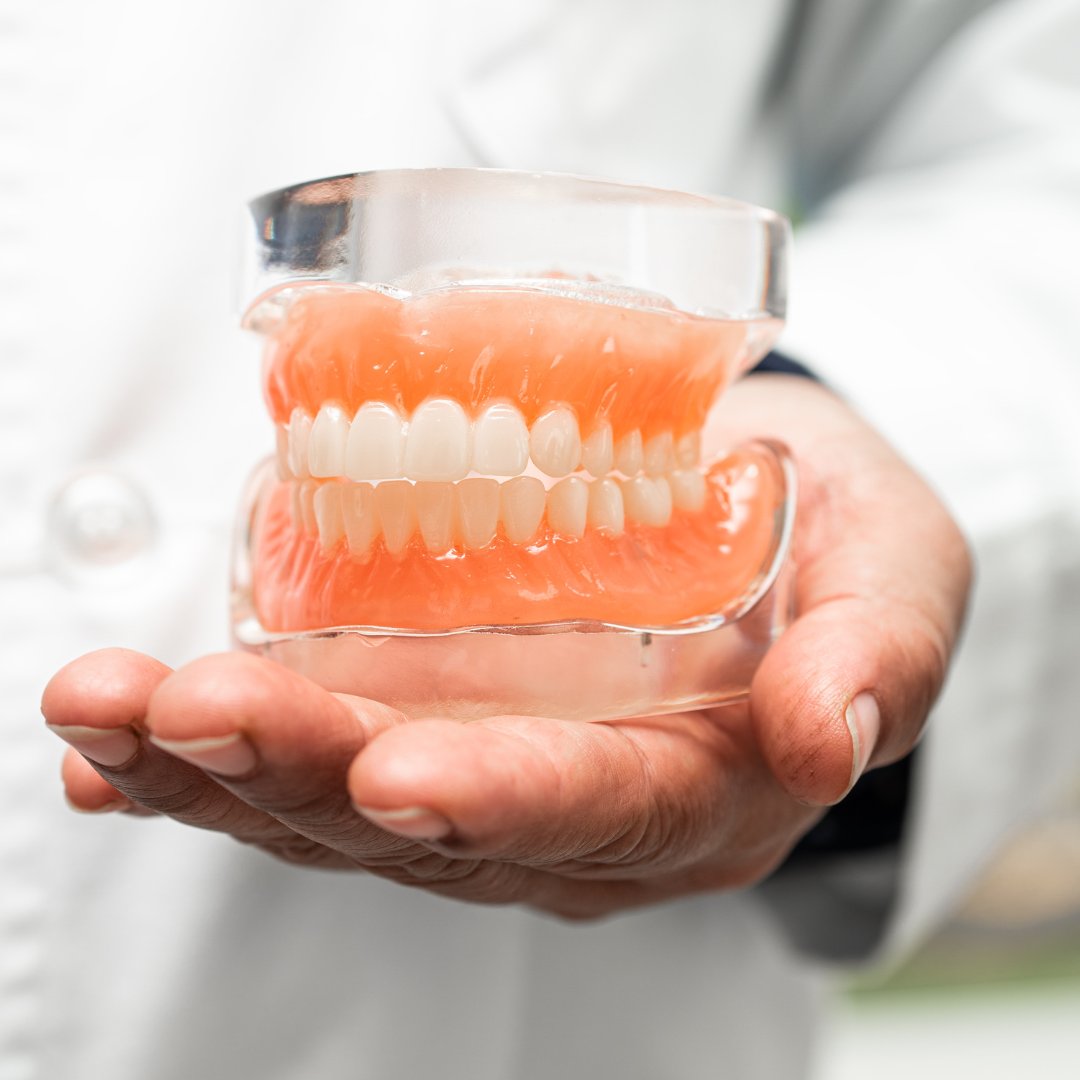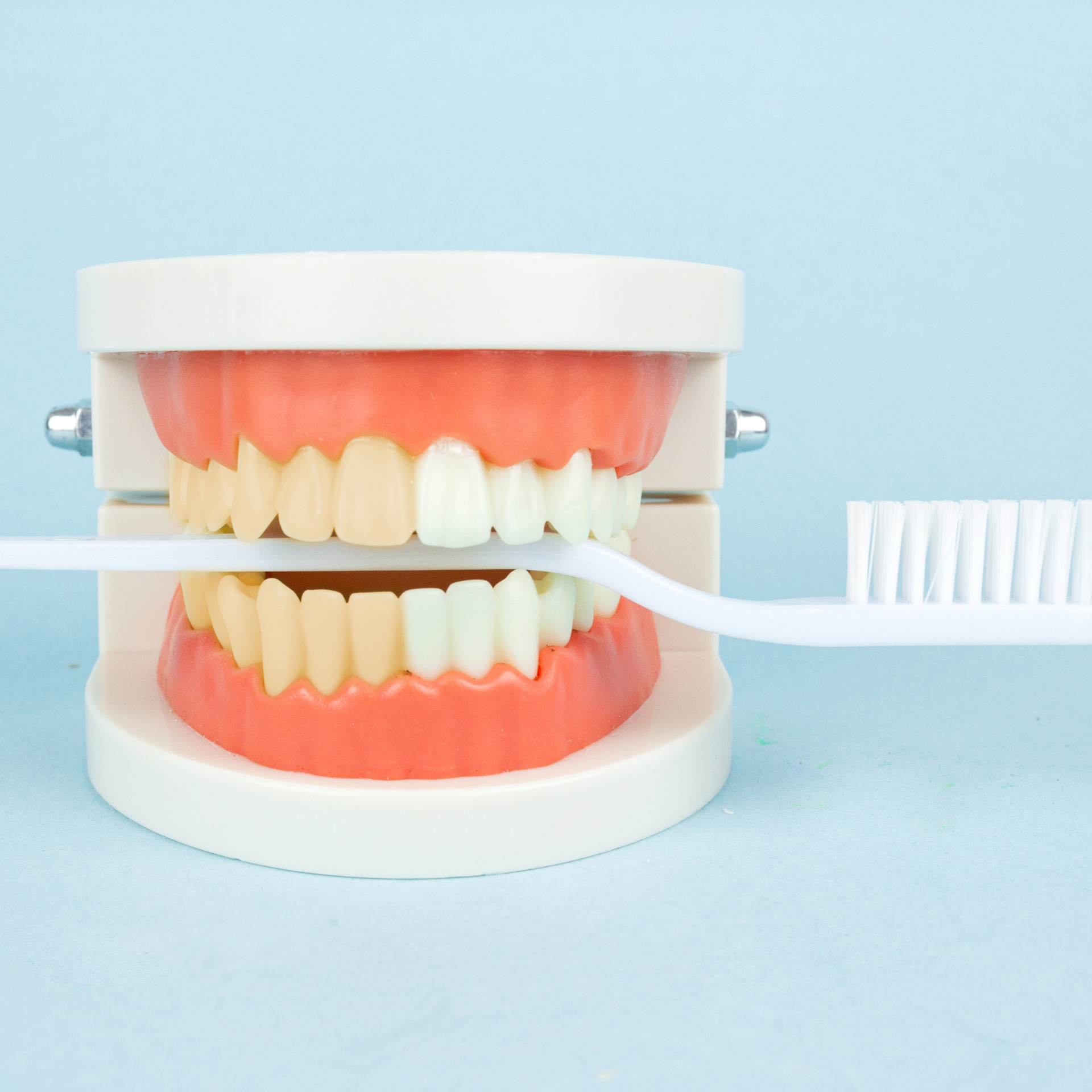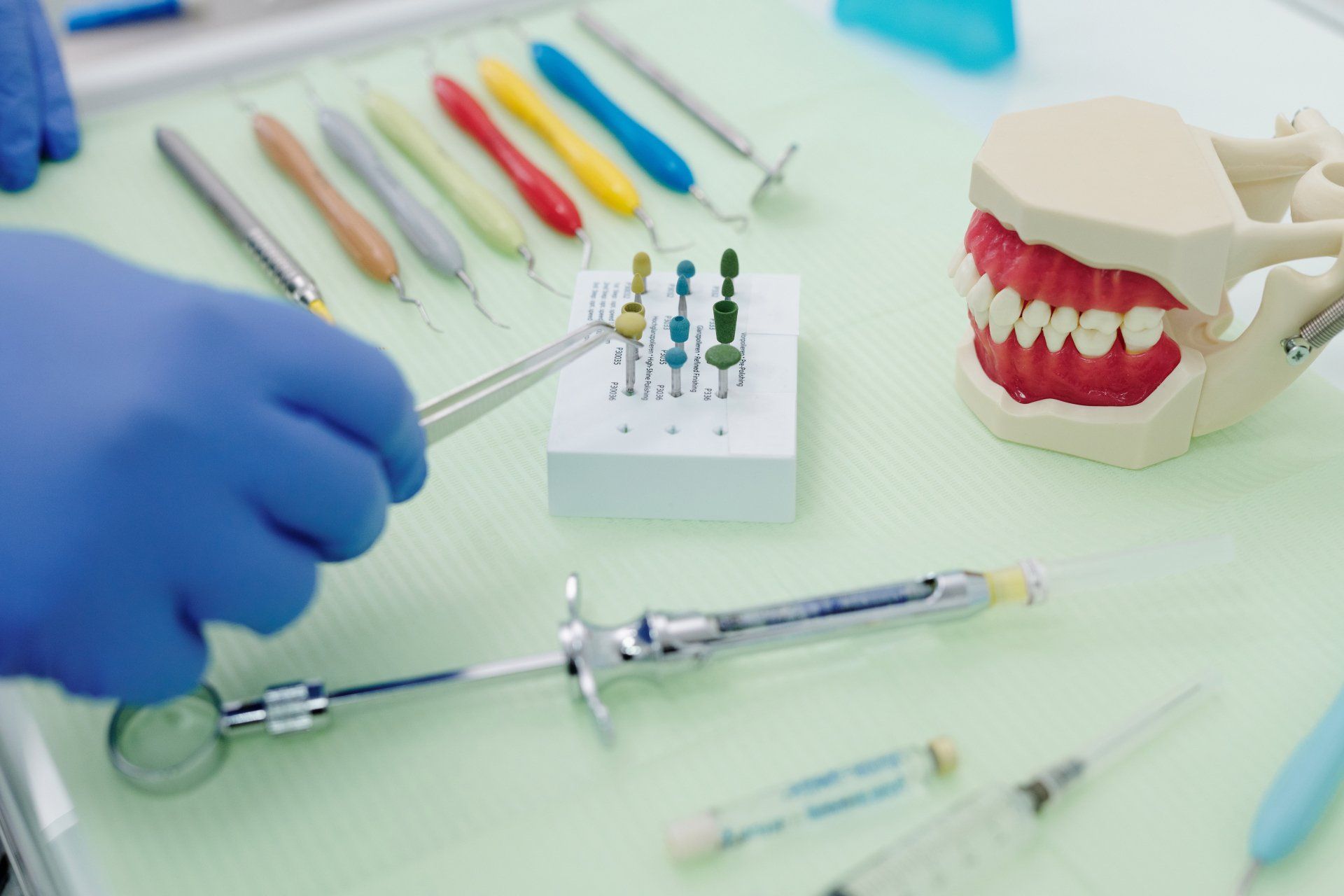A Comprehensive Look at Dental Sealants vs Fillings

Introduction
The world of dentistry has evolved significantly over the years, offering a variety of solutions to common dental problems. Two such solutions that have sparked debates among patients and professionals alike are dental sealants and fillings. This blog post aims to shed light on the debate surrounding dental sealants vs fillings, helping you understand which one may be better for your specific needs.
Understanding Dental Sealants
Before diving into the comparison, it's essential to understand what dental sealants are. Dental sealants are thin, plastic coatings applied to the chewing surfaces of the back teeth (molars and premolars) to prevent tooth decay. They work by sealing off grooves and depressions on these surfaces where food particles and bacteria can hide, reducing the risk of cavities.
The application process is simple and painless. The dentist will clean your teeth, dry them, apply an acidic gel to roughen up your tooth surfaces for better bonding, rinse off the gel, dry your teeth again, apply the sealant onto the tooth enamel, and then harden it with a special blue light.
The Benefits of Dental Sealants
Dental sealants offer several benefits. First off, they're highly effective in preventing tooth decay. According to the American Dental Association (ADA), sealants can reduce the risk of decay by nearly 80% in molars. This is particularly beneficial for children who are more prone to cavities.
Secondly, they're cost-effective. While there's an upfront cost involved in getting dental sealants, they can save you money in the long run by preventing expensive treatments like fillings or crowns that may be needed if cavities develop.
Lastly, applying dental sealants is a non-invasive procedure with no discomfort involved – a big plus for those who dread visiting their dentist!
Understanding Dental Fillings
On the other hand, dental fillings are used to restore teeth damaged by decay back to their normal function and shape. When a dentist gives you a filling, they first remove the decayed tooth material, clean the affected area, and then fill the cleaned-out cavity with a filling material.
There are several types of filling materials available, each with their own advantages and disadvantages. These include gold, porcelain, silver amalgam, plastic, and composite resin fillings.
The Benefits of Dental Fillings
Dental fillings also come with their set of benefits. They effectively restore the function and integrity of decayed teeth. They're durable and can last many years before needing replacement.
Moreover, with advancements in dental technology, there are now tooth-colored fillings available that blend seamlessly with your natural teeth for a more aesthetic look.
Dental Sealants vs Fillings: Which is Better?
The question remains: Are sealants better than fillings? The answer isn't as straightforward as you might think because it largely depends on your specific dental needs.
If your goal is prevention – particularly if you or your child has deep grooves in your molars and premolars that are hard to clean – then dental sealants would be an excellent choice. They're preventive measures that stop cavities before they start.
However, if you already have a cavity or tooth decay, then a filling is necessary to restore your tooth's health. Sealants can't reverse existing decay; they can only prevent new cavities from forming.
In Conclusion
In the debate of dental sealants vs fillings, it's not about which one is universally better than the other; it's about which one is more suitable for your specific situation. Both have their unique benefits and applications.
To determine whether you need sealants or fillings (or both), it's best to consult with your dentist. They can evaluate your oral health condition and recommend the most appropriate treatment for you. After all, the ultimate goal is to maintain a healthy, happy smile!











